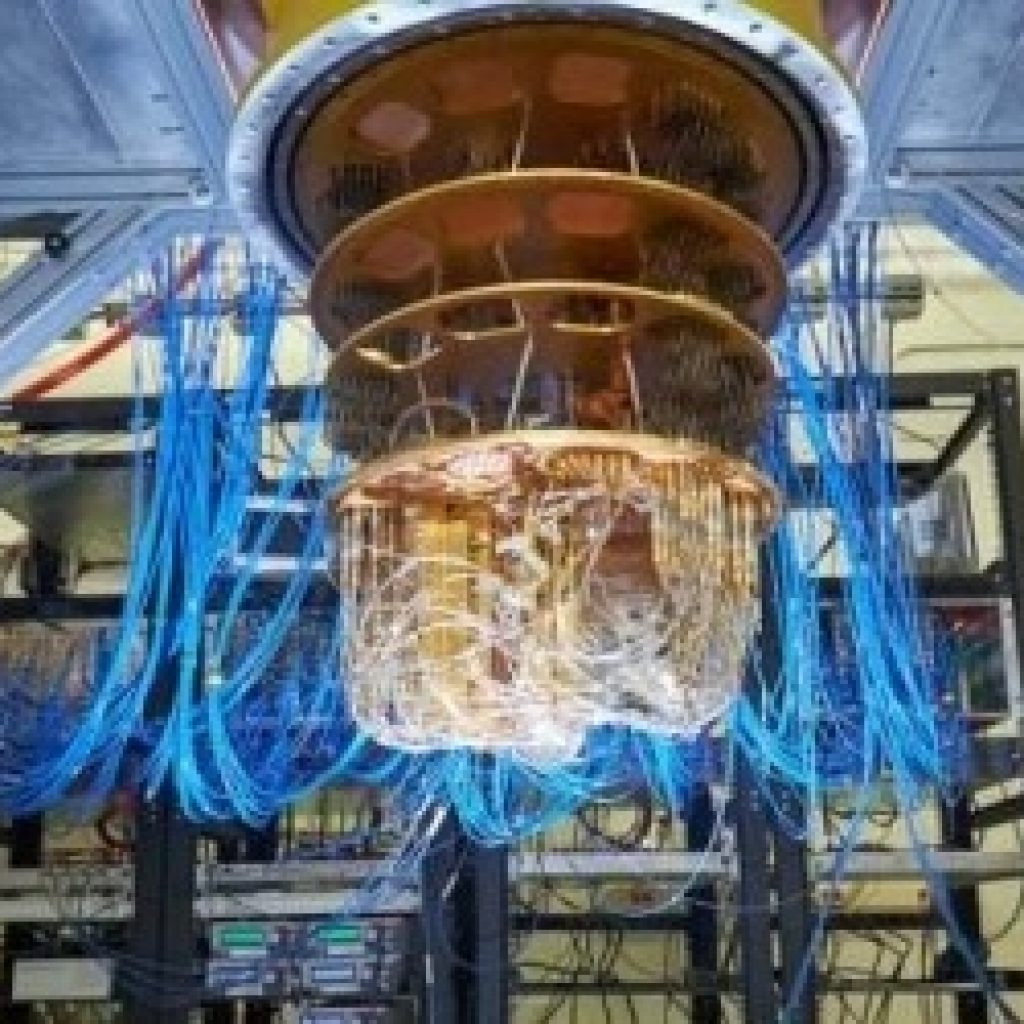(BGR.com.tech) Researchers from Google, Stanford, Princeton, and other universities might have made a computer discovery so big we can’t fully comprehend it yet, writes author Chris Smith. Even Google researchers aren’t entirely sure that their time crystal discovery is valid. But if it turns out to be accurate, then Google might be one of the first companies to give the world a crucial technological advancement for the future. Time crystals will be an essential building block in quantum computers.
Click here to access Google’s paper “Observation of Time-Crystalline Eigenstate Order on a Quantum Processor”
Theorized in 2012, the time crystal concept is a new phase of matter. Time crystals contradict one of Sir Isaac Newton’s famous laws, i.e., the first law of motion says that “an object at rest tends to stay at rest and an object in motion tends to stay in motion.” Something always happens thanks to energy exchanges. Entropy remains the same if there are no processes but increases in their presence. But that’s not valid for time crystals. They can maintain entropy even when they’re used in a process.
Quantum computers are really hard to build, maintain, and use. As it stands now, quantum computers feature qubits, computer bits in the quantum world. These qubits act differently when someone observes them than when they’re left alone. That’s what makes it difficult to measure qubit states. And that instability makes using a quantum computer problematic. That’s where time crystals come in.
The Next Web offers a great analogy with snowflakes. They have unique designs, as the atoms are arranged in specific ways. Snow falls, melts, water evaporates, and then it’ll eventually become snow again. All these processes involve energy exchanges. A time crystal would be like having a snowflake that can change between two configurations back and forth with no energy usage or energy loss.
Smith continues: However, the Google team doesn’t know for sure that it has created them. Google might have proved that time crystals aren’t just theoretical, but it certainly hasn’t created any.
But if Google did find a way to make them, then next-gen quantum computers might come with time crystals inside. Anyone might be able to create these computers. And they’d bring quantum coherence to a place where there’s currently a lot of decoherence and instability.
